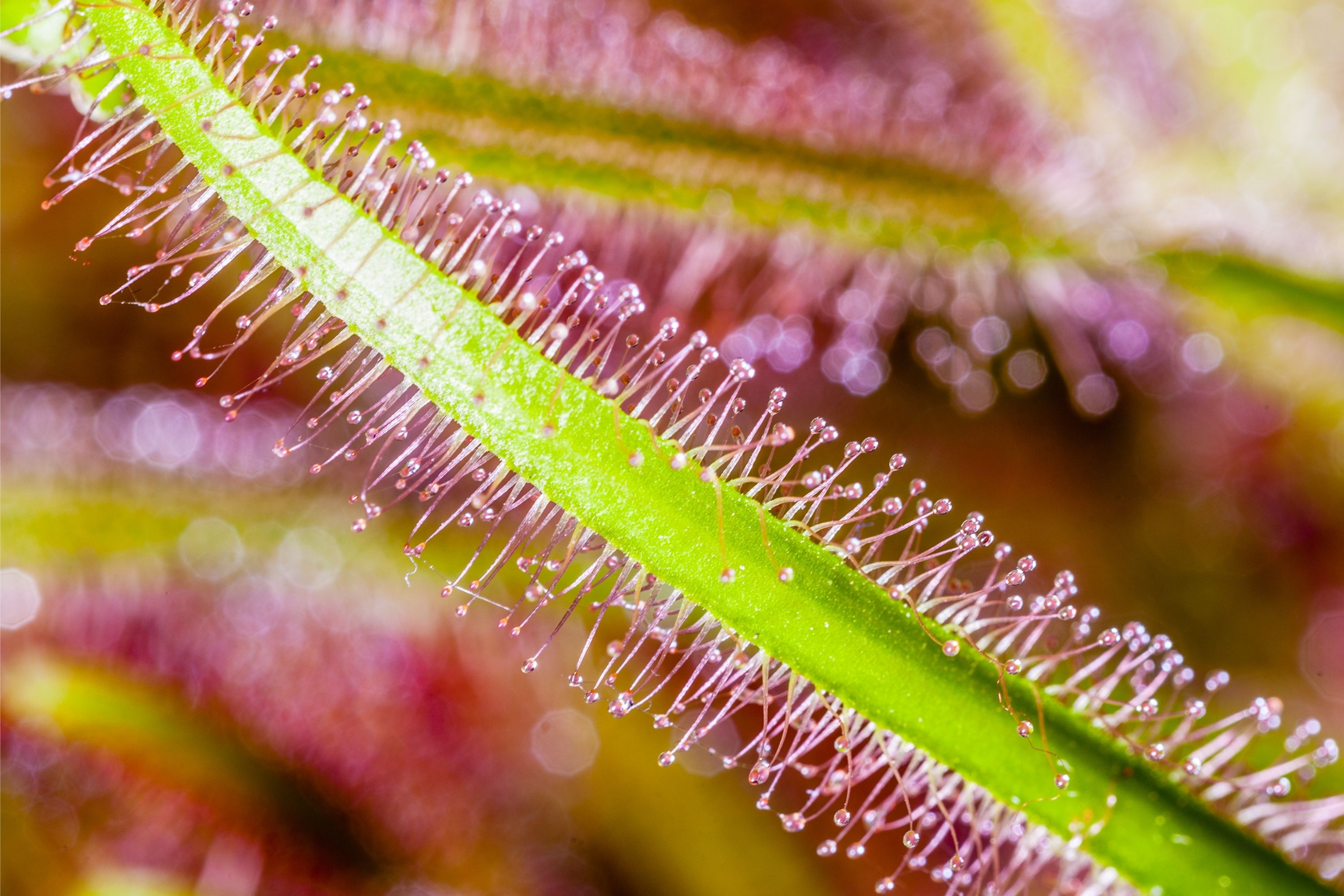Drosera graminifolia
(Drosera graminifolia)

Description
Drosera, which is commonly known as the sundews, is one of the largest genera of carnivorous plants, with at least 194 species.These members of the family Droseraceae lure, capture, and digest insects using stalked mucilaginous glands covering their leaf surfaces. The insects are used to supplement the poor mineral nutrition of the soil in which the plants grow. Various species, which vary greatly in size and form, are native to every continent except Antarctica. Charles Darwin performed much of the early research into Drosera, engaging in a long series of experiments with Drosera rotundifolia which were the first to confirm carnivory in plants.In an 1860 letter, Darwin wrote, “…at the present moment, I care more about Drosera than the origin of all the species in the world. Both the botanical name and the English common name (sundew, derived from Latin ros solis, meaning "dew of the sun") refer to the glistening drops of mucilage at the tip of the glandular trichomes that resemble drops of morning dew. The Principia Botanica, published in 1787, states “Sun-dew (Drosera) derives its name from small drops of a liquor-like dew, hanging on its fringed leaves, and continuing in the hottest part of the day, exposed to the sun. Sundews are perennial (or rarely annual) herbaceous plants, forming prostrate or upright rosettes between 1 and 100 cm (0.39 and 39.37 in) in height, depending on the species. Climbing species form scrambling stems which can reach much longer lengths, up to 3 m (9.8 ft) in the case of D. erythrogyne. Sundews have been shown to be able to achieve a lifespan of 50 years. The genus is specialized for nutrient uptake through its carnivorous behavior, for example the pygmy sundew is missing the enzymes (nitrate reductase, in particular)that plants normally use for the uptake of earth-bound nitrates. Sundews generally grow in seasonally moist or more rarely constantly wet habitats with acidic soils and high levels of sunlight. Common habitats include bogs, fens, swamps, marshes, the tepuis of Venezuela, the wallums of coastal Australia, the fynbos of South Africa, and moist streambanks. Many species grow in association with sphagnum moss, which absorbs much of the soil's nutrient supply and also acidifies the soil, making nutrients less available to plant life. This allows sundews, which do not rely on soil-bound nutrients, to flourish where more dominating vegetation would usually outcompete them.
Taxonomic tree:







